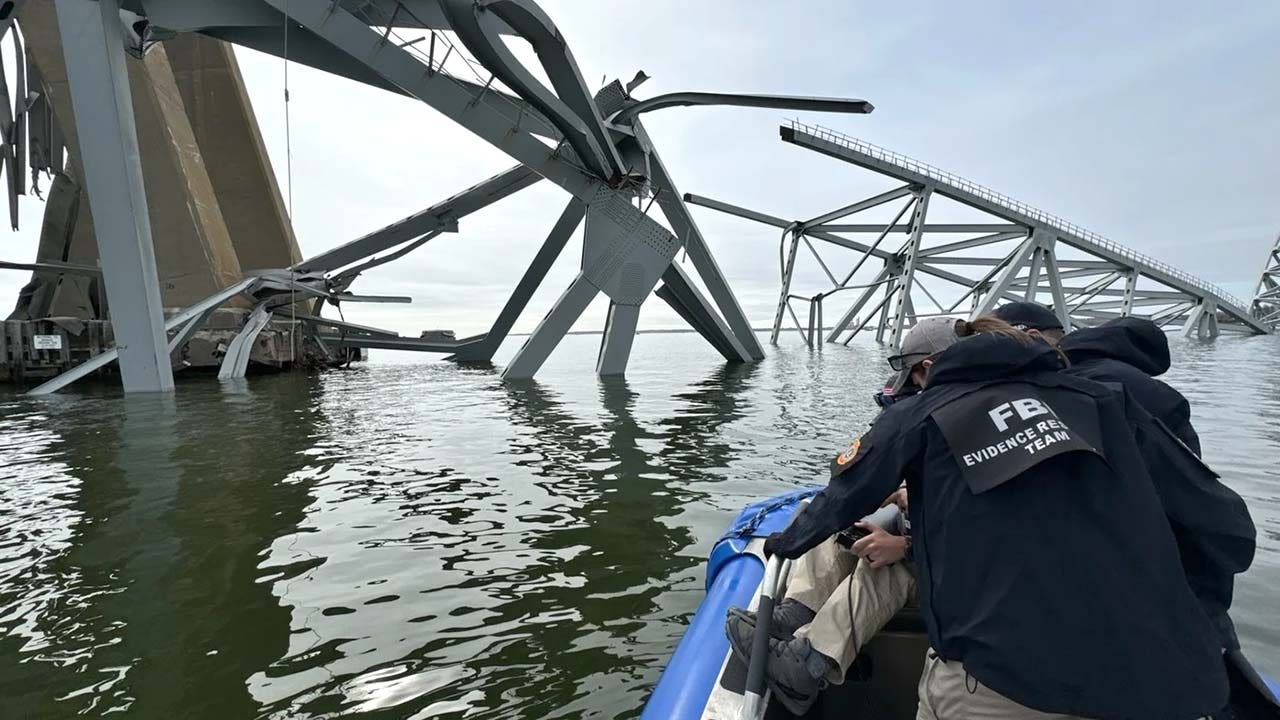President Biden’s economic policies have helped spur billions of dollars in new investments in Arizona and Georgia, two crucial battleground states in the 2024 election. Yet so far, Mr. Biden’s policies appear to have done little to lift his support in either region.
Arizona and Georgia have been major beneficiaries of the Biden administration’s key policy initiatives — the Inflation Reduction Act, the CHIPS and Science Act and the bipartisan infrastructure law.
Arizona has become one of the top states for new semiconductor investments, which have totaled more than $100 billion since the CHIPS Act was introduced, according to the Semiconductor Industry Association. Georgia has been a big beneficiary of Mr. Biden’s clean energy and infrastructure laws. The state received $40 billion in private sector commitments and $10.8 billion in public investments in infrastructure, clean energy and manufacturing under Mr. Biden, according to White House data as of last month.
Still, former President Donald J. Trump has maintained a significant lead over Mr. Biden in both states, according to new polls by The New York Times and Siena College.
That dynamic illustrates one of Mr. Biden’s central challenges ahead of the presidential election. While his administration is spending huge sums of money to try and bolster American manufacturing across the country, those investments have yet to measurably show up in political support.
In part, economists say, that is because the policies that Mr. Biden has championed affect a relatively small share of a state’s work force.
Scott Lincicome, a trade policy expert at the libertarian Cato Institute, said it was a “classic problem” of using industrial policy to win votes. The benefits tend to be concentrated in a few sectors, and the vast majority of people in a state like Georgia or Arizona will not directly feel the impacts of policies that aim to boost manufacturing, he said.
“Even if you expand it out to construction, you’re just talking about a small amount of a work force,” Mr. Lincicome said. “So it’s a bit of a tough sell.”
Still, the administration’s efforts to jump-start domestic manufacturing in Arizona and Georgia have resulted in significant private sector investments, and White House officials say the country is starting to see more projects come online and jobs being created.
Arizona has received $120.9 billion in private sector commitments and $15.4 billion in public investments in clean energy, infrastructure and manufacturing during the Biden administration, according to White House data as of April. Many new semiconductor projects are benefiting from the CHIPS Act, which aims to spur American chip manufacturing through federal grants and loans.
Last month, the administration awarded up to $6.6 billion to Taiwan Semiconductor Manufacturing Company, which is investing more than $65 billion into a new chip manufacturing hub in Phoenix.
Georgia is among the states benefiting most from new clean energy investments since the passage of the Inflation Reduction Act, which contains various tax credits and other subsidies to encourage companies to deploy more clean energy projects. The state has seen a barrage of new investments in battery plants and electric vehicle manufacturing in recent years.
Still, the federal efforts might not be swaying voters given that manufacturing does not employ as many workers as, say, the service sector. The share of manufacturing workers compared to total nonfarm employment in the United States has been declining for decades, in part because factories are able to make more goods with fewer people. In 2023, the manufacturing employment share was about 8 percent, down from about 13 percent in 2000.
The effects of industrial policies can also take more time to materialize, Mr. Lincicome said. Many new clean energy and semiconductor manufacturing projects are still years away from completion.
In Arizona, T.S.M.C.’s project has created construction jobs. But production at its first factory is not expected to start until next year, and production at its second facility is not expected to start until 2028.
Lee McPheters, an economist at Arizona State University, said new semiconductor and infrastructure investments were contributing to strong growth in construction employment in the state, but they have not had a substantial impact on manufacturing employment.
“All that’s in the future,” Mr. McPheters said.
Some say the investments are having significant indirect economic impacts. Chris Camacho, the president and chief executive of the Greater Phoenix Economic Council, said new projects tied to the federal efforts have led to more housing and commercial development in surrounding areas.
Many projects funded by the 2021 infrastructure law are also still underway or have yet to start. Transportation projects often take years to complete, and the law was designed to be a five-year bill, meaning that the money was not meant to be spent immediately.
For instance, the law provided $5 billion for a new national network of fast electric vehicle chargers, but only a handful of states have opened stations recently. The Brent Spence Bridge Corridor Project, which was awarded over $1 billion in federal grants more than a year ago, has been heralded by Mr. Biden and Senator Mitch McConnell, the Kentucky Republican and minority leader. But the project only recently cleared an environmental review, a key step before officials can begin construction.
Still, Mr. Lincicome said the Biden administration’s policies were having some economic effects. There has been a notable acceleration in construction spending on manufacturing in recent months, he said. Biden administration officials have also pointed to job gains in various construction fields, including nonresidential building construction.
Jennifer Harris, a former Biden administration economic policy official, said the investments did not have “as much voter penetration as they should,” but she noted that many projects were still in the early stages and would continue to progress.
Biden campaign officials said Mr. Biden has “delivered where Trump failed the American people” through strong job creation, lower costs and billions in investments in communities that have long been left behind.
“All of this is on the line this November: If Trump sets foot in the Oval Office, he’ll make it his mission to undo this progress,” Charles Lutvak, a campaign spokesman, said in a statement.
Gaining credit for the surge of investments, though, could remain a challenge for Democrats. Charles S. Bullock III, a political science professor at the University of Georgia, said voters in the state were probably aware of new clean energy projects, but they were not associating them with Mr. Biden.
Although Biden administration officials have traveled to battleground states like Georgia to champion their achievements, Mr. Bullock noted that state leaders were also promoting clean energy projects.
Mr. Bullock said voters might also care more about grocery store prices if they have not been directly affected by the new investments. “You’re probably going to be concentrated much more on remembering what an item cost a year ago or four years ago,” he said.
People are also more likely to associate infrastructure projects with local officials rather than federal officials who are miles away, said Adie Tomer, a senior fellow at the Brookings Institution who studies infrastructure policy. Many projects, such as investments in water infrastructure, are also less visible than large-scale projects, making it harder for voters to see the full effects, he said.
Some Democrats argue that they still have time to sell the president’s economic policies before the election.
“It is still very early in the election cycle,” said Representative Nikema Williams, the chairwoman of Georgia’s Democratic Party. “We have a lot of work to do. I acknowledge that, and we’re continuing to have the conversations on the ground.”






